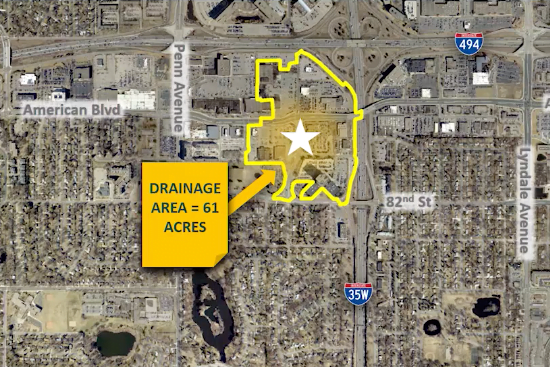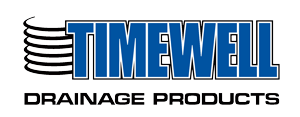Resiliency to flooding in redeveloping urban areas is challenging, especially when native wetlands are filled, impervious is expanded, and rainfall intensifies. Municipalities are often responsible for protecting property from flooding, which becomes challenging to mitigate when areas for surface storage are limited. Bloomington, MN is a Minneapolis suburb with high-traffic areas prone to flooding. Former wetlands became impervious landlocked depressions that relied on undersized storm sewer to convey flood flows.
During intense rain events, the storm sewer surcharged into the roadway. The developed area had limited surface storage causing unsafe travel conditions and damage to adjacent property. With limited public right of way to implement additional flood storage and a desire to maximize redevelopment opportunities, a 13 ac-ft subsurface storage system was constructed within the city right of way.
Projects like this are not successful without partnerships. Stakeholders were identified early through a property, easement, and infrastructure review. The city led the project with support from 25 partners. A project communication website was routinely updated to keep stakeholders apprised of project schedules, construction, detours, and business access changes.
About Instructors
Course Content






